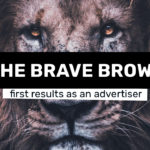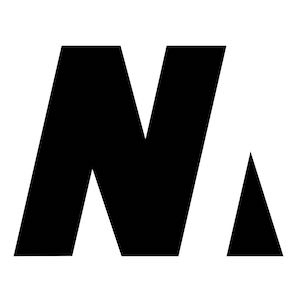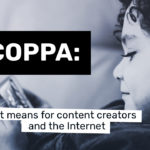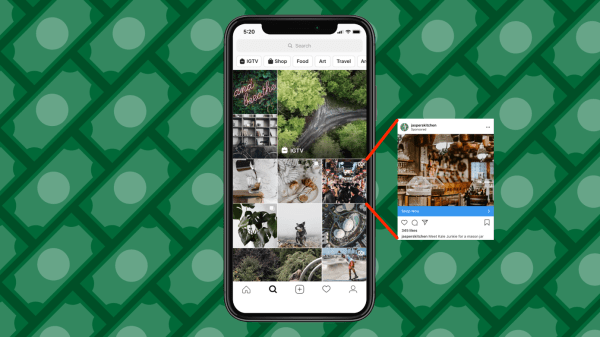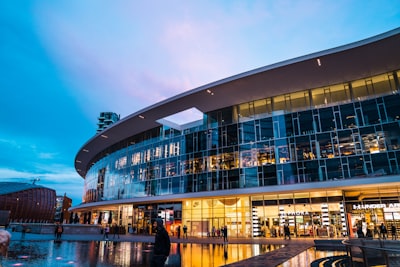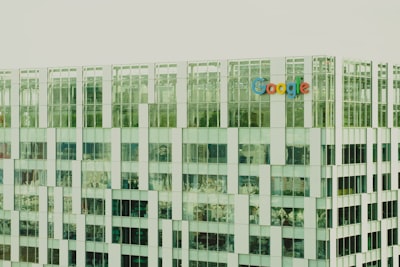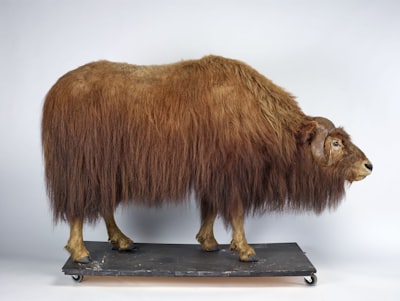The current online economy is a strange and perverted one, with content creators generally try to monetize their content using ads. In other words, right from the get-go, you present your users on your with with the paradoxical choice of viewing your content, or navigating away from your site, to the advertisers’ content. So what’s the alternative?
Content creators generally try to monetize their content using ads. To generate good return on the ads, publishers need to show a good click-through on their ads. In other words, right from the get-go, you present your users on your with with the paradoxical choice of viewing your content, or navigating away from your site, to the advertisers’ content.
This is why ad placements on website have become more and more ludicrous on websites and in apps as well. Often, ads are positioned to lure you into believing that they are organic content. In apps, ads are often placed so that you accidentally click them — fat finger clicks. This is a problem both for advertisers (as the traffic is of very poor quality), and for users, as it’s very annoying experience. If you are running campaigns with, say Google’s ad network, a lot of traffic comes through from apps such as alarm clocks, music players, dating apps, etc — which are often designed so that the ads catch your finger in a key moment of navigation.
This is clearly a broken system, but it’s the one that we slid into by default in the mid-90’s. The prevailing way of monetizing content, was using advertisements. In the same way that TV content was free or cheap thanks to advertisements funding the production, we have the same ecosystem today. Content creators skew their content to shoehorn in advertisers of a certain type. Intermediaries are getting dodger and dodger in the practices for collecting data. Ad networks and social platforms dig deeper and deeper into the user data to extrapolate more characteristics of the users. It’s getting filthier, more intrusive, less secure, more layered, less cost effective.
What’s the alternative? For starters, a model where the user gets something, instead of just getting exploited. Perhaps also a form of advertising that does not involve completely brutalizing the user experience. Does it have to be advertising? No. More and more content creators are relying on tipping — in other words, visitors donating money to support their work.
Another, more all-encompassing, big picture attempt at shaking up the ecosystem is the Brave Browser, where they take the above ideas and implement them at the browser level. Brave strips away all intrusive 3rd party ads entirely. Because this happens in-browser, it doesn’t even download any advertising assets, so the experience is much faster. Also, users can choose to see ads, but they will be rewarded with cryptocurrency (BAT), if they do so. They get 70% of the ad revenue, in other words, 70% of what an advertiser pays, goes to the user. This is turning the ad ecosystem on its head. Moreover, users can choose to donate the currency to sites they frequently visit. It’s a holistic approach at recreating the online ecosystem in a more sound way.
Supporters of taim.io.
